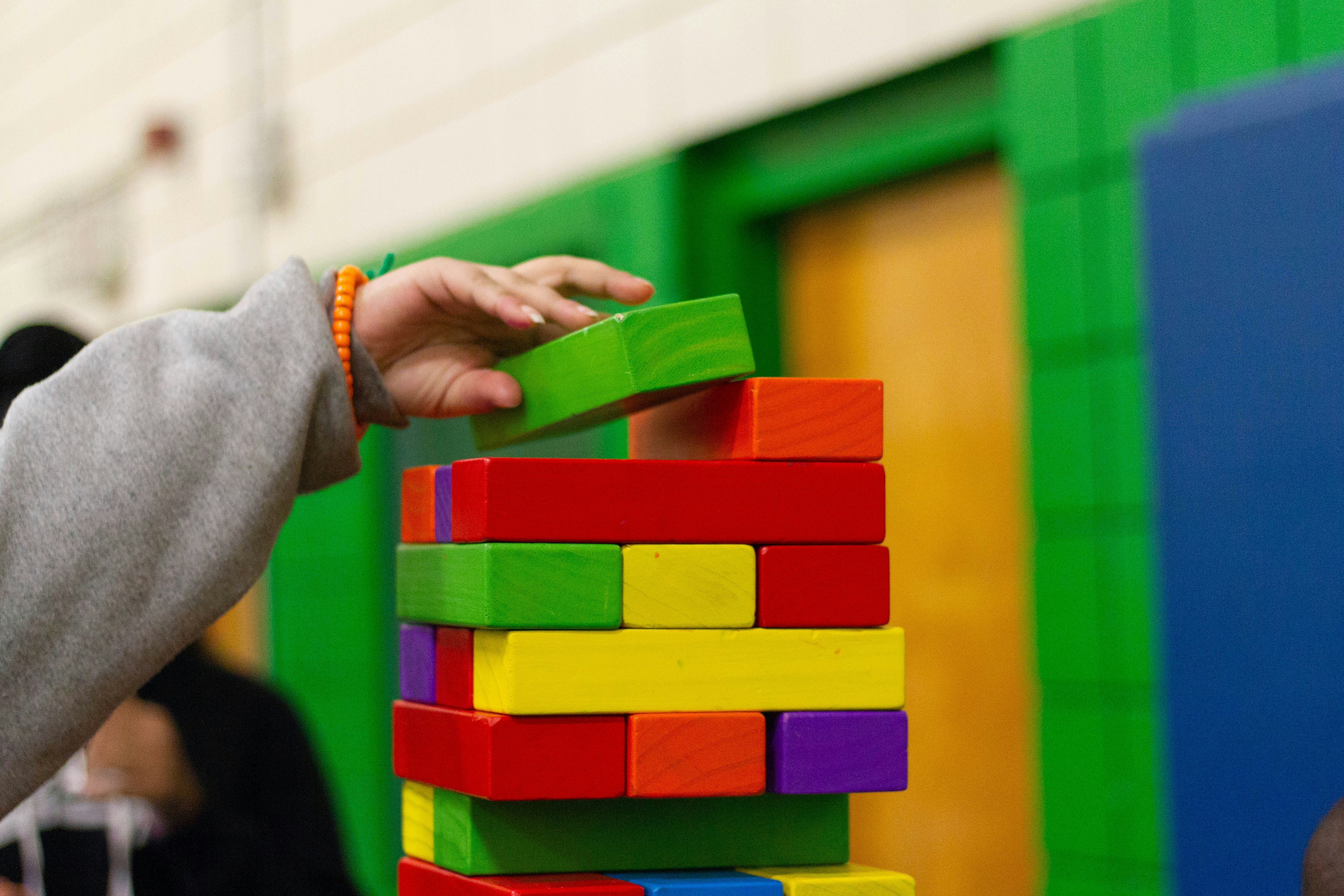Early Signs of Speech Delay and What to Do | Parenting Guide
Early Signs of Speech Delay and What to Do

As parents, watching your child reach developmental milestones is both exciting and nerve-wracking. Speech and language development is a critical area, and delays can cause concern. Recognizing the early signs of speech delay and knowing how to respond can make a significant difference in your child’s communication skills. This guide covers red flags, practical steps, and the role of children stories, bedtime stories, and interactive activities in fostering language growth.
Understanding Speech Delay
Speech delay occurs when a child’s language development lags behind typical milestones. While every child develops at their own pace, significant deviations may warrant attention. Here’s what to watch for:
Common Early Signs
- Limited babbling (by 12 months): Babies typically babble sounds like "ba-ba" or "da-da" by their first birthday.
- No single words by 16 months: Most children say at least one word by this age.
- Lack of two-word phrases by 24 months: Phrases like "more milk" should emerge by age 2.
- Difficulty understanding simple requests: Trouble following directions like "wave bye-bye" may indicate a delay.
- Limited eye contact or social engagement: Speech delays can sometimes overlap with social communication challenges.

What Causes Speech Delay?
Speech delays can stem from various factors, including:
1. Hearing Problems
Chronic ear infections or hearing loss can impede language acquisition. A hearing test is often the first step in diagnosis.
2. Oral or Motor Issues
Conditions like apraxia (difficulty coordinating speech muscles) or tongue-tie may affect speech.
3. Environmental Factors
Limited exposure to language-rich environments (e.g., fewer conversations, kids stories, or songs) can slow progress.
4. Developmental Disorders
Autism Spectrum Disorder (ASD) or global developmental delays may include speech delays as a symptom.

How to Support a Child with Speech Delay
1. Engage in Daily Conversations
Narrate activities ("Now we’re putting on your shoes!") and pause to encourage responses.
2. Read Together
Bedtime stories, picture books, and interactive stories build vocabulary. Ask questions like, "What’s the dog doing?" to prompt engagement.
3. Use Play-Based Learning
Toys, puppets, and nursery rhymes make language fun. Sing songs with gestures (e.g., "Itsy Bitsy Spider").
4. Seek Professional Help
A speech-language pathologist (SLP) can assess your child and recommend therapy if needed.

The Power of Storytelling in Language Development
Children stories, fairy tales, and educational stories are more than entertainment—they’re tools for learning. Here’s why:
- Vocabulary Expansion: Stories introduce new words in context.
- Listening Skills: Following narratives improves comprehension.
- Social Cues: Moral stories teach empathy and turn-taking.

When to Seek Help
Consult a pediatrician or SLP if your child:
- Doesn’t respond to sounds or their name by 12 months.
- Hasn’t spoken any words by 18 months.
- Struggles to imitate sounds or gestures.
Conclusion
Early intervention is key to addressing speech delays. Combine professional guidance with enriching activities like storytelling, adventure stories, and daily conversations to nurture your child’s communication skills.
Explore Magical Bedtime Stories!
Boost your child’s language skills with our collection of heartwarming tales and interactive stories designed for early learners.
Related Articles
- How to Make Storytime Fun and Educational
- Top 10 Picture Books for Toddlers
- The Benefits of Nursery Rhymes for Language Development